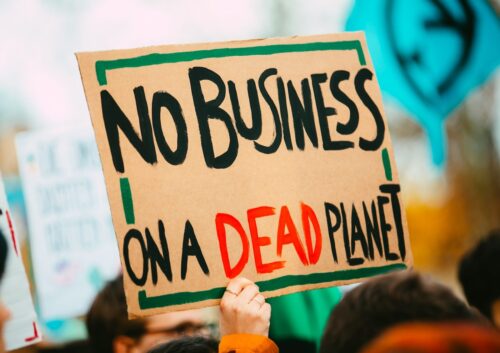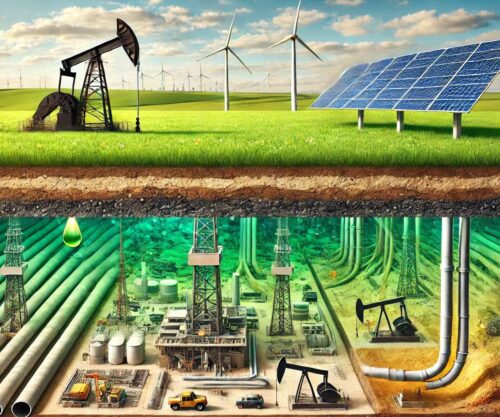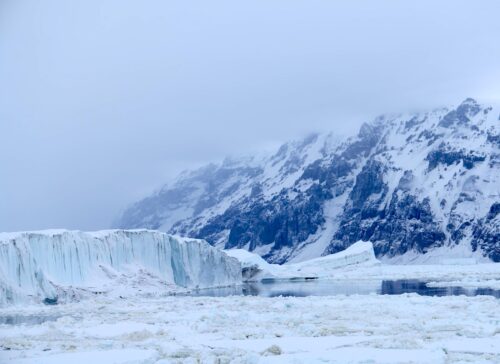
Yahoo News reposted an article from Realtor.com titled “Would You Drop Insurance To Stay Put in Your Neighborhood? Most Owners Say Yes,” which claims that increasing “climate risk” is forcing people to go without insurance and insurers to pull out of high-risk areas. [emphasis, links added]
This is only partially true; insurers are pulling out or increasing rates in some areas, and some people are foregoing insurance.
But what isn’t true is that increased “climate risk” is the reason. Historical data clearly show extreme weather is not becoming more intense or frequent.
Realtor.com has its own economic research analysts, one of whom claimed that “climate-related events” are increasing.
The article also makes a puzzling claim, that “[m]ore than $12.7 trillion worth of U.S. real estate now faces severe or extreme climate risk, according to a recent Realtor.com Housing and Climate Risk Report.” This statement implies that these conditions are new and/or worsening.
Looking at the report cited, the risks highlighted are flooding, hurricane wind damage, and wildfires. The problem for Realtor.com is that none of those weather conditions has increased over time.
As Climate at a Glance has shown, flooding is not getting worse. In fact, the costs of flooding in the United States have actually declined as a proportion of the U.S. GDP. (See figure below)

Studies from the Journal of Hydrology and the Hydrological Sciences Journal both found only low confidence in any global flood trends, if there are any trends at all.
Similarly, hurricanes are not getting worse, and especially not in the United States, which just went more than a decade from 2005 to 2017 without a single major hurricane making landfall, representing an all-time record hurricane drought.
Did you know?
Of the top 15 strongest hurricanes to make landfall in the Contiguous U.S., ten of them struck before 1975. Of that subset, seven made landfall either in or before the year 1935. 🎯
Intensity rankings are by barometric pressure at landfall (historically, the most… pic.twitter.com/O8bNXYeQJ6
— Chris Martz (@ChrisMartzWX) August 8, 2025
The amount of acreage burned by wildfires globally has declined, as Climate Realism discusses in greater detail in dozens of posts.
In the United States, the earlier parts of the 20th century saw more widespread fires, and recent upticks in wildfires correspond more strongly to forest management than to an increase in fire weather.
So what is causing an increase in the amount of property value at risk from these weather events? The answer is rising property values and new construction in previously unsettled areas that are hurricane- and fire-prone.
This argument from Realtor.com is not new. Climate Realism has covered this dozens of times, including here, here, and here as examples. It is a favorite talking point that always has the same errors built in.
What is interesting in the Realtor.com piece is that they admit this in a roundabout way by saying:
“[I]nsurers hope to drive broader risk mitigation: tougher building codes, retreat from fire zones and flood plains, and fewer new builds in disaster-prone regions.”
They also say that “[o]nly 30% of buyers have researched natural hazard data for a home they’ve purchased or considered.”
If people are not doing their due diligence in buying homes in disaster-prone areas, that is not an indication of extreme weather getting worse; it is an indication that more people are placing themselves in risk-prone areas.
As my colleague Anthony Watts said in a previous Climate Realism post on this subject:
“[S]capegoating nonexistent climate risk allows adjusters, insurers, and lenders to justify higher premiums, interest rates, and stricter credit standards while diverting attention from the actual causes of rising mortgage costs and insurance rates, and claims.”
The truth is that overbuilding in coastal areas, especially but also fire-prone regions, is leading to more costly damage when the storms do come, even though they are not increasing in frequency or severity.

On the fire issue, however, there is something of a human-caused aspect, because as more people live in fire prone areas, they increase the likelihood that a wildfire will be sparked, as humans account for the vast majority (up to 90 percent) of wildfires by not controlling campfires and grills, arson, fireworks, negligently disposing of cigarette butts, and other accidental ignitions.
But this, again, does not mean that “climate hazards” are increasing and forcing insurance higher.
If Realtor.com and Yahoo wanted to be fully transparent and honest, they would honestly look at measured data and not just projections by activists when it comes to “climate hazards.”
Data does not show that these conditions are becoming more frequent, and so they can’t be “increasingly responsible” for higher insurance rates and insurance companies abandoning regions.
Read more at Climate Realism


















